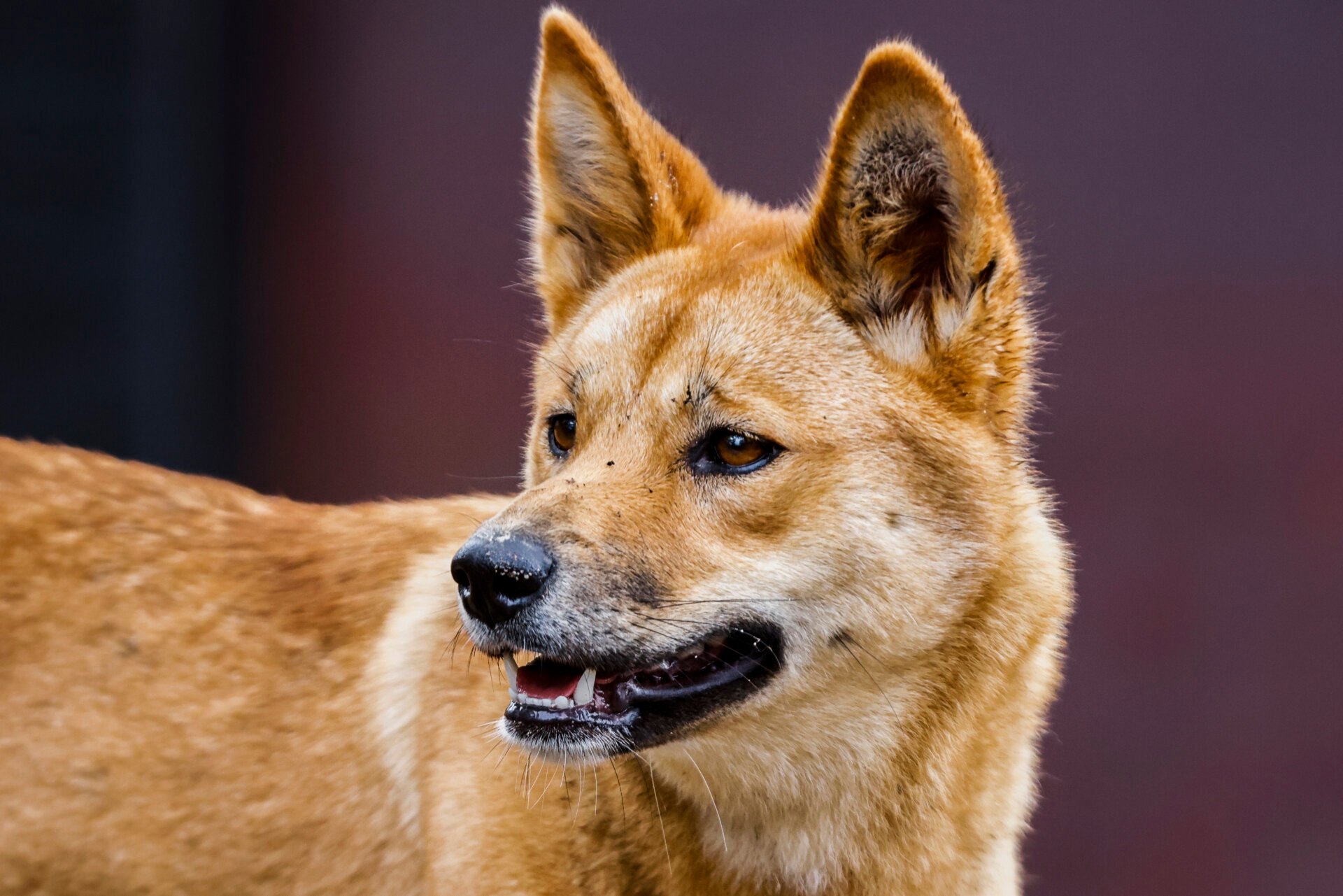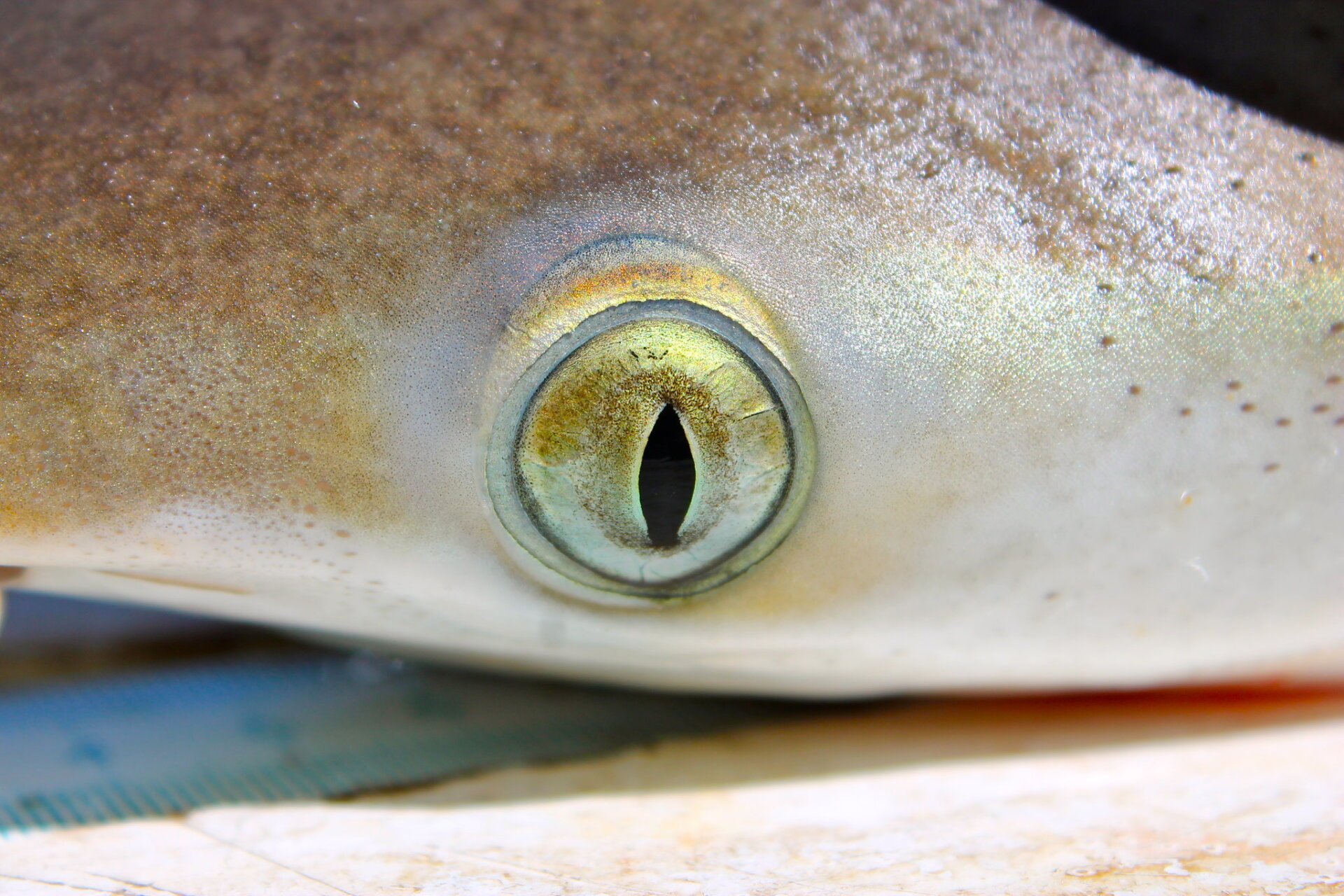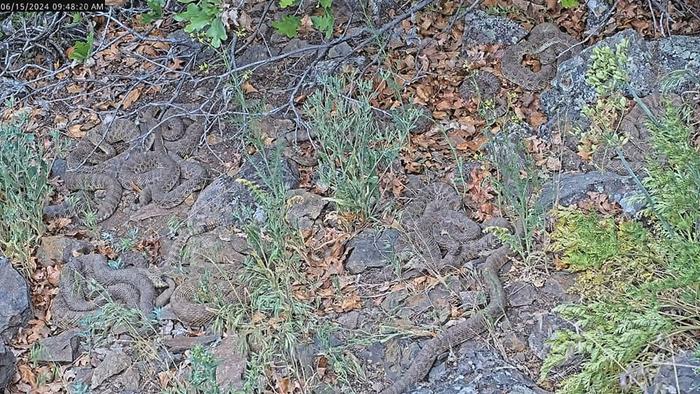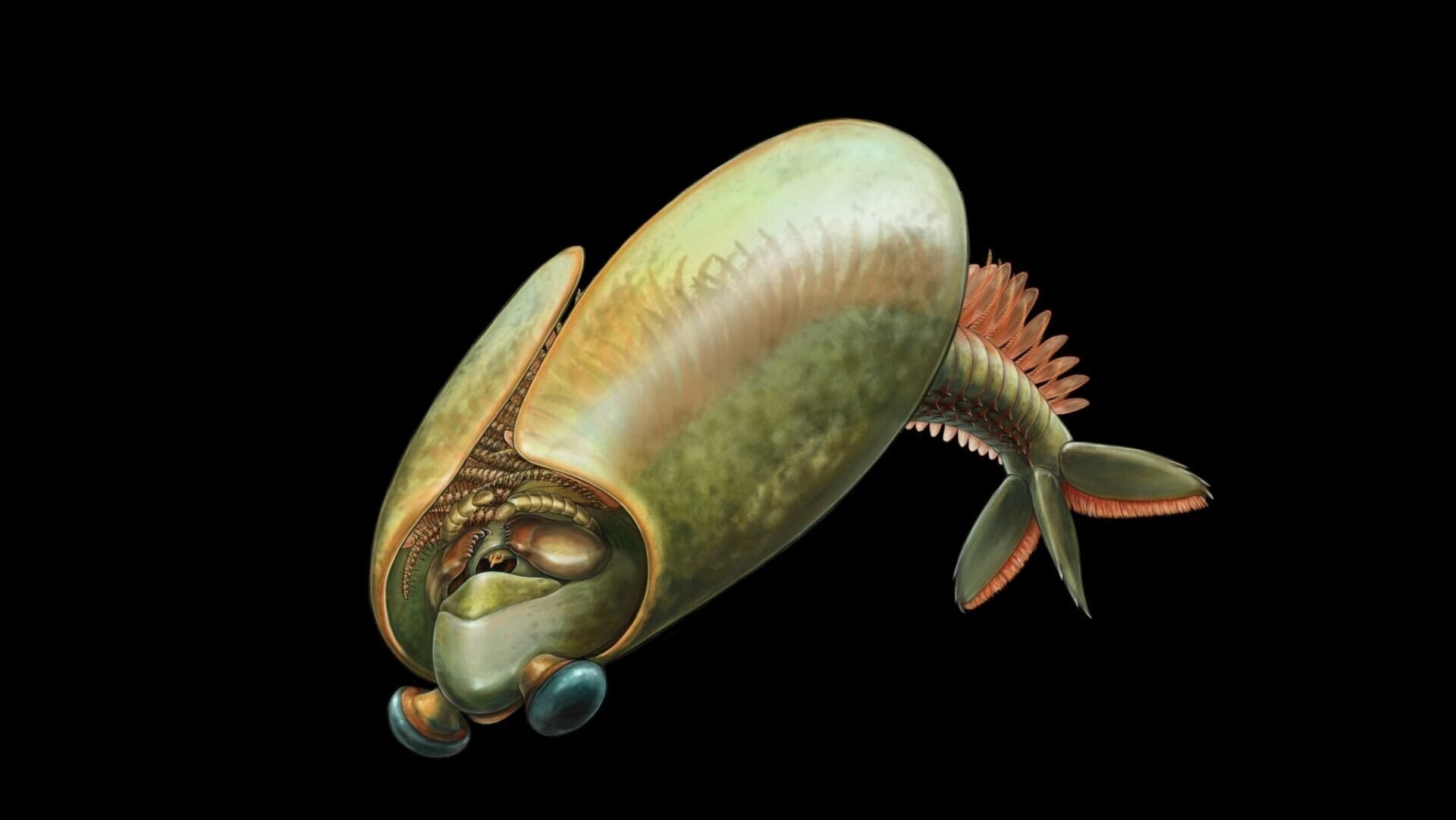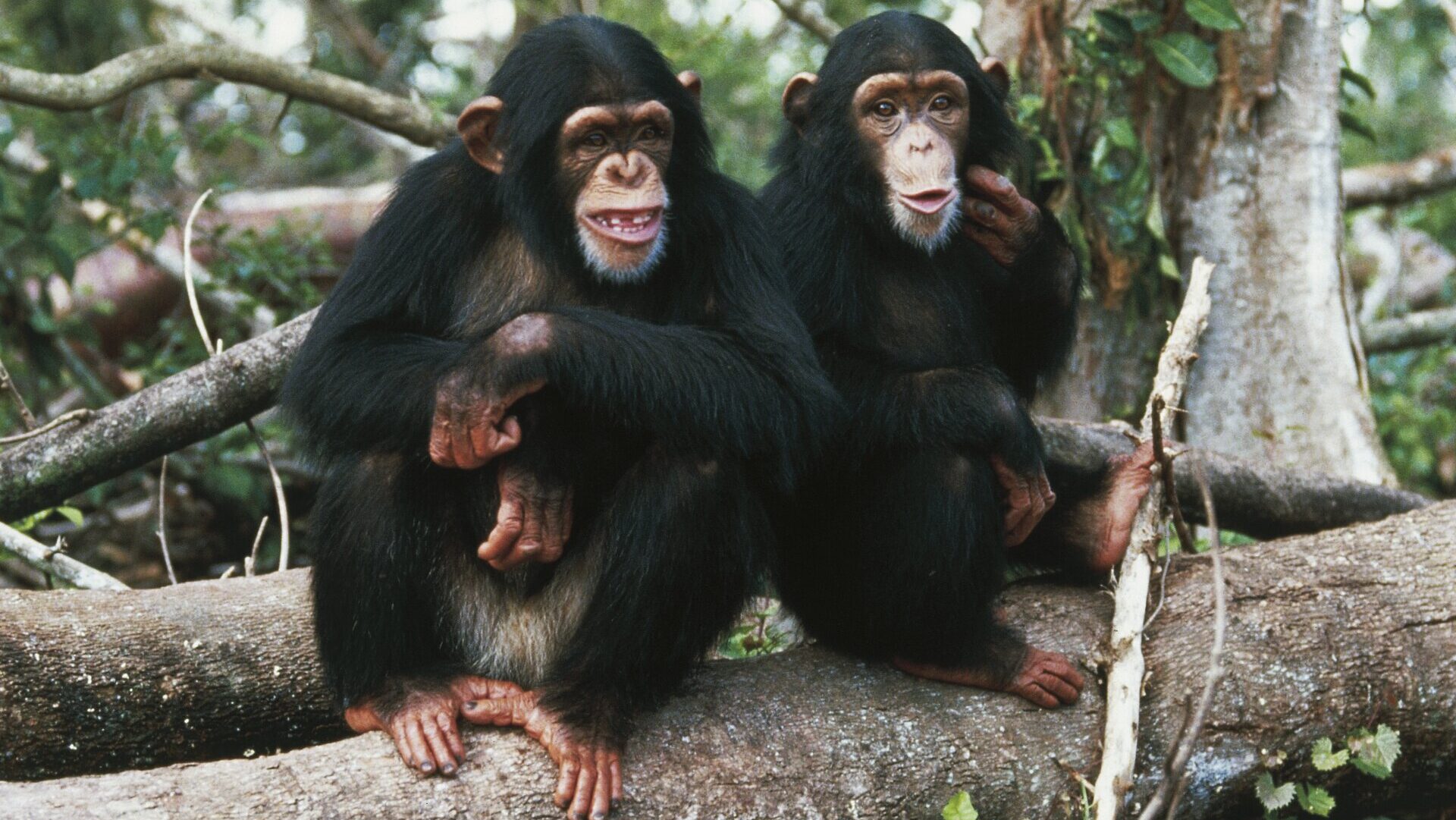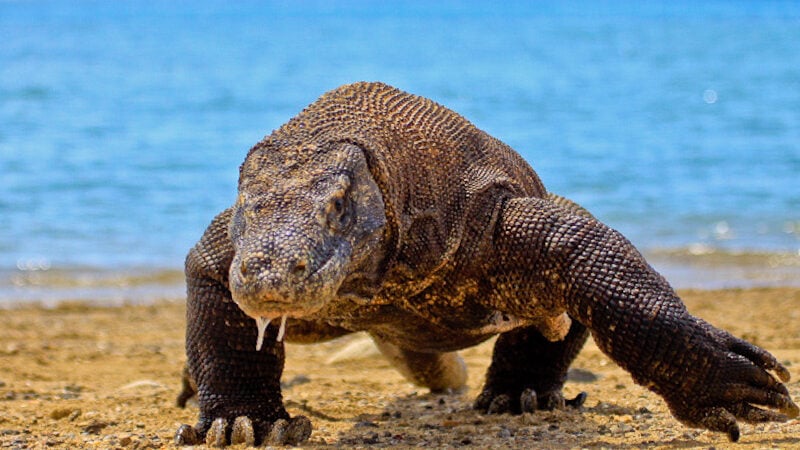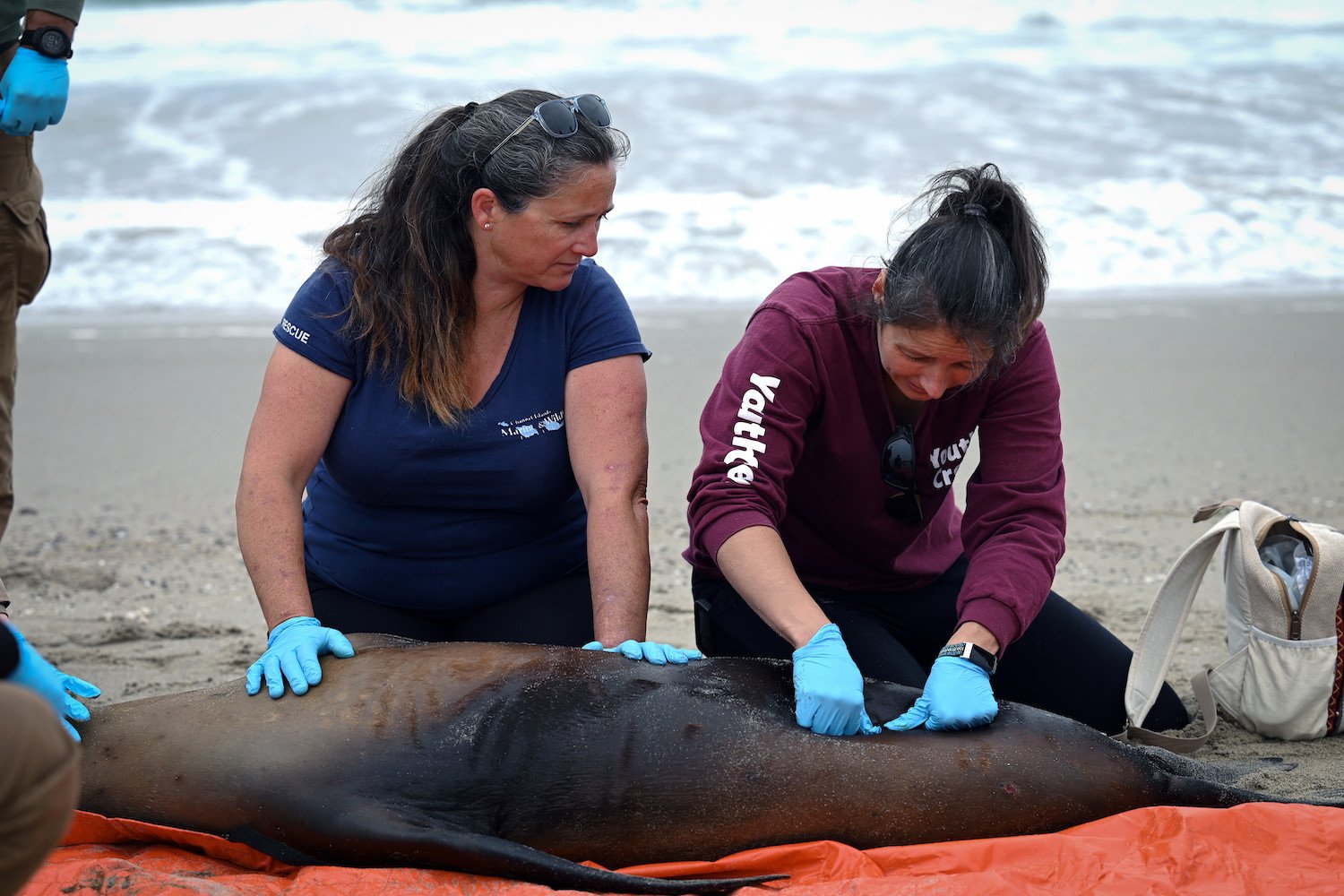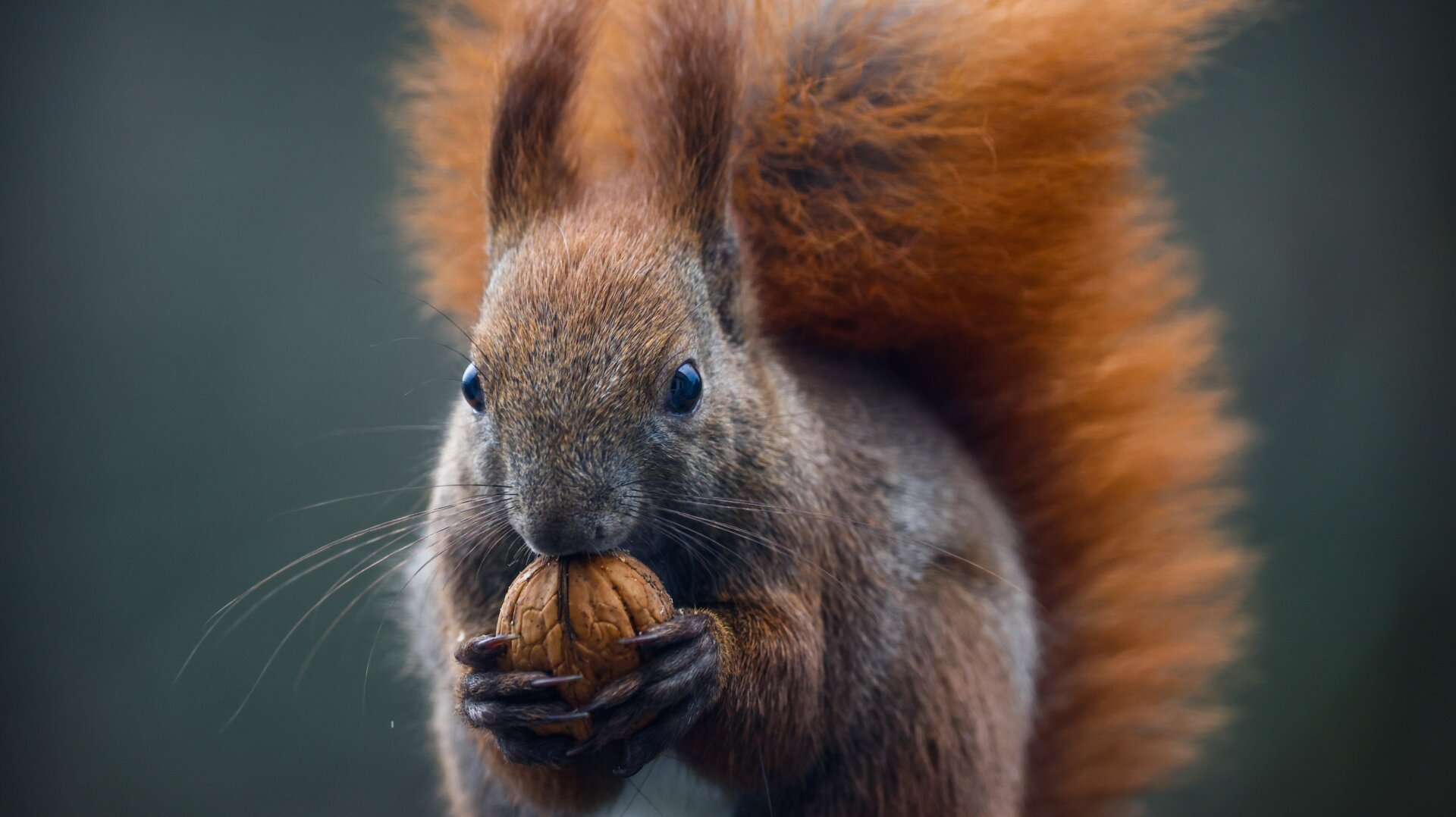Dingoes, iconic Australian wild canids, have long been a subject of debate regarding their ancestry and relationship with domestic dogs. New research using ancient DNA analysis reveals a surprising genetic distinction between dingoes and modern dogs, challenging previous assumptions about their interbreeding.
The study, conducted by scientists at the Queensland University of Technology, analyzed dingo DNA samples from across Australia, some dating back nearly 3,000 years. This timeframe predates the introduction of other dog breeds to the continent, providing a crucial baseline for comparison.
Two distinct dingo groups exist in eastern and western Australia. Previously, the prevailing theory attributed this division to human intervention, particularly the construction of the dingo fence in the early 20th century. However, the genetic analysis reveals a much older divergence between these populations, predating European colonization.
The research also demonstrates remarkable genetic similarity between modern dingoes and their ancient ancestors, with minimal evidence of interbreeding with domestic dogs. A particularly striking example is the dingo population on K’gari (Fraser Island), which shows no traces of recent domestic dog ancestry.
Published in PNAS, the study proposes several possible explanations for the dingo’s establishment in Australia. One scenario suggests two distinct waves of dingo migration, one to the east and one to the west. Another possibility involves interbreeding between eastern dingoes and New Guinea singing dogs, a closely related ancient canine lineage.
This genetic research holds important implications for dingo conservation. While acknowledged as a threat to livestock, dingoes play a vital ecological role as apex predators in many Australian ecosystems. Understanding their genetic history is crucial for preserving their ecological and cultural significance.
As dingo populations face threats from culling programs, the research underscores the need for protective measures, especially within and beyond national parks. Protecting dingoes safeguards their unique genetic heritage and ensures their continued contribution to the Australian ecosystem.
The research provides valuable insights into the complex evolutionary history of dingoes, highlighting their distinct genetic identity and the importance of preserving their populations for future generations.



